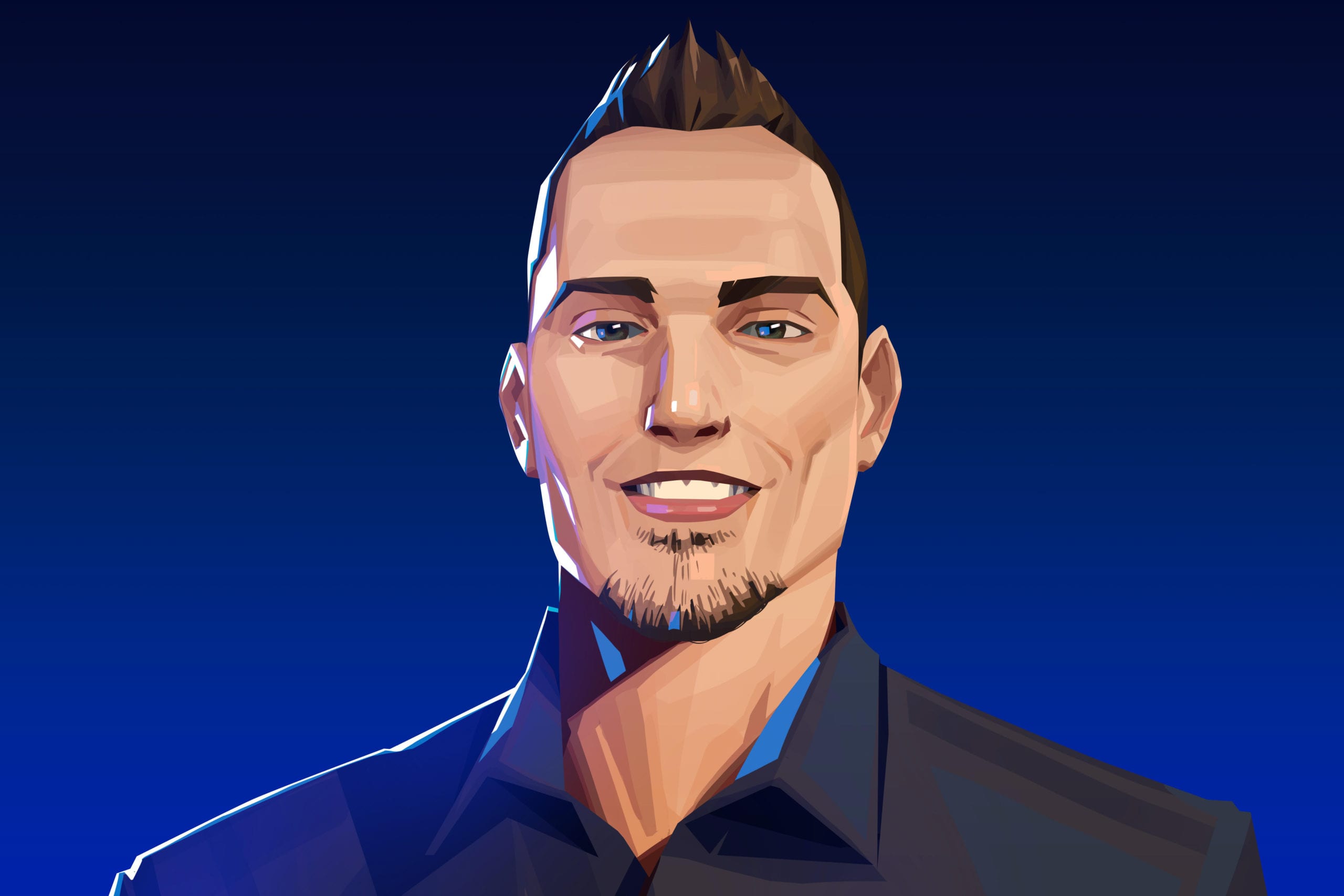Growing up in Lansing, Michigan with nine brothers and sisters, Earvin “Magic Johnson was given his iconic nickname after a journalist saw one of his high school basketball performances. Five NBA championships, twelve All-Star appearances, and three MVP awards later, Johnson has become established as one of the greatest basketball players of all time. However, Johnson’s work off the court has shown that he carries his enthusiasm and energy into every one of his ventures.
Since his retirement from the NBA in 1991, Johnson has become known for his entrepreneurial work, investing in such ventures as SuperHeroic, Starbucks, and the Los Angeles Dodgers. Recently, the world of professional gaming has captured his attention, as in 2016 he became a part owner of the major eSports group Team Liquid. Additionally, Johnson is an investor in Jopwell, an organization that helps companies increase diversity in the workplace. In this interview, we discuss the importance of creating a diverse workforce, the rapid growth of eSports, and how competitive gaming compares to modern sports leagues.
Innovation & Tech Today: Tell me a bit about the formation of Jopwell. What inspired your work with the company?
Magic Johnson: The idea for Jopwell was born when co-founders Porter Braswell and Ryan Williams were working on Wall Street and were asked frequently to recruit other candidates who looked like them. They knew top talent was available and thought of the idea to build a diverse professional community where companies could find talent. In 2015, they launched Jopwell. Jopwell is a career platform that helps Black, Latinx, and Native American students and professionals unlock opportunities for career advancement at all career stages. Creating opportunities for undeserved communities has been in the foundation of my business since inception, and Jopwell’s mission is to end the minority employment gap plaguing America. Investing in Jopwell was an easy decision.
I&T Today: Diversity in the workforce has been a topic of much discussion lately, especially in the tech world. What is one major way Jopwell is looking to solve this issue?
MJ: Jopwell creates true partnerships that empower employers to build more diverse companies by giving them access to top-tier talent and in turn adding viewpoints and voice in their companies that would not be represented otherwise. They also have created a pipeline of talented candidates from historically underrepresented groups, changing the mindset that they are less talented than their white peers.
I&T Today: Do you believe that with companies like Jopwell, we will begin seeing a major shakeup in the tech industry within the next few years?
MJ: Disrupting the institutionalized factors that lead companies to struggle with diversity and inclusion is a start. It is something that takes time, but I am encouraged by the progress that has been made as more companies begin to release reports, emphasize transparency, and realize it’s not enough to just state that diversity matters but actually invest in solutions, like Jopwell, that bring upon change. Companies who are aggressively investing in diversity and inclusion efforts are reaping the benefits of their efforts and setting an example for other companies.
I&T Today: What originally attracted you to the world of eSports?
MJ: My friend and mentor, Peter Guber, who I have done major business deals with since investing in movie theaters, introduced me to the world of eSports. I quickly learned that this global phenomenon continues to gain popularity and more acceptance with every day. The international reach really stuck out to me as well. Worldwide, the eSports audience is at over 300 million, and arenas like Staples Center and Madison Square Garden sell out faster for eSports tournaments than concerts for superstars. Peter’s support, coupled with the rapid growth of the industry and projected monetary value, attracted my interest.
I&T Today: A number of former sports stars have invested in eSports over the past few years. Why do you believe that is?
MJ: I think former sports stars are starting to understand the value of gaming, and this platform is where the next generation of sports fans are developing. More than half of the eSports audience is between the ages of 21 and 35, and 27 percent is between 10 and 20 years old. The fan base will continue to grow as these fans age and new ones enter the space.
The revenue potential is also extremely attractive to any investor. Just last year, the global eSports market was $1.5 billion and is expected to top $2 billion by 2021.
I&T Today: Do you see the world of eSports ever growing to the point of competing with major sports leagues?
MJ: It’s a difficult question because the audience is certainly there but revenue per eSports enthusiast significantly lags traditional sports. They are on their way if they can figure out how to maximize additional revenue streams (ticket sales, broadcasting contracts, sponsorships, etc) like major sports leagues. Esports will have to figure out a way to go from a free model of viewership to a paid model. There is rapid progression in providing unparalleled in-game experiences for live esports events with new technology.
I&T Today: What similarities do you see between eSports and professional sports?
MJ: The way eSports players approach their craft is similar to how I approached basketball with training, preparation, focus, and competitiveness. The top players are the top players because they understand what it takes to win. It takes a similar level of commitment as professional sports. By being the best at their craft, athletes drive fandom. Their popularity grows through their performance, which is enhanced by their use of social platforms. Teams also create original, behind-the-scenes content for fans, which drives engagement.
Another similarity at its most basic level, watching eSports is fun. Fans want to see the best players compete at the highest level, the same as traditional sports.
I&T Today: Where do you see the future of eSports?
MJ: Already companies and major sports leagues are entering into the space who wouldn’t have traditionally considered it. Several video game publishers have recently launched their own franchised eSports leagues, including Riot Games and Blizzard. Content platforms are also making deals to have exclusive streaming rights, and we are starting to see traditional sports and the eSports world coalesce with the NFL and Madden, NBA and NBA2k, and the FIFA eWorld cup.
Numerous universities now offer varsity eSports programs and they are starting to seep into high school programs as well. One of the most exciting developments is the training facilities that are being built. At Team Liquid, we recently opened the Alienware Training Facility in Santa Monica, an 8,000-square-foot state-of-the-art eSports training facility that includes the types of resources usually reserved for the “traditional athletes.” With all of these factors and more, the eSports world will only continue to develop at rapid speeds.
I&T Today: Are you a gamer yourself?
MJ: I haven’t been a gamer, but I think I could rise to the occasion. I’m a competitive guy!





